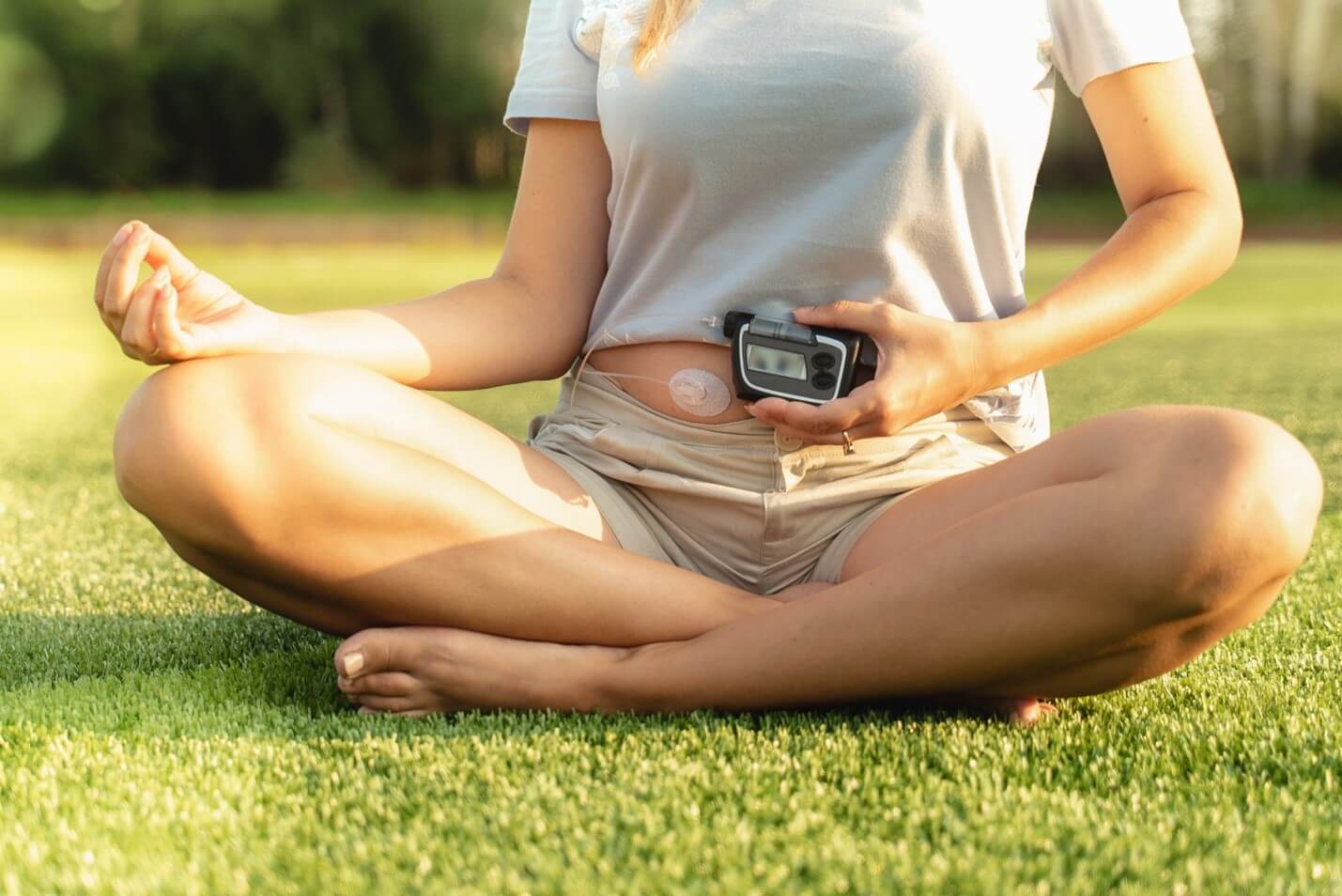by IHSG
Share
by IHSG
Share

As an experienced diabetologist, I have seen both the physiological and psychological impact that type 1 diabetes (T1D) has on my patients. Whether through injections or an insulin pump, adjustment of external insulin is a constant in the life of individuals with T1D. They must carefully monitor their insulin levels, as instances of hypo- or hyperglycaemia can pose a medical emergency that can sometimes be life-threatening. Naturally, this can be a source of anxiety for some patients, and fear of hypoglycaemia is common among people with T1D.
One effective way of regulating insulin levels is through the use of hybrid closed loops (HCL) devices, which are insulin pumps that use an algorithm and work in tandem with continuous glucose monitoring (CGM) devices to deliver varying amounts of insulin throughout the day. When calibrated correctly, blood sugar levels can be maintained within 90–180 mg/dL for most patients. In addition, some HCLs will perform an automatic correction if they predict hyperglycaemia within the next 30 minutes, which can effectively keep people within the target range. Blood sugar targets can also be modified before exercise so that patients can avoid inducing hypoglycaemia. This eliminates the need for aggressive corrections by the patients themselves after they experience an unexpected high glucose level, which reduces hypoglycaemia risk.
I prescribe these devices all the time and have seen the benefits they have on my patients. From what I have seen, patients with risk and fear of hypoglycaemia seem to particularly benefit from these closed loop systems. They are no longer constantly burdened by the worry of hypoglycaemia and can go about their daily lives without this added anxiety. The addition of audible alarms that warn of impending hypoglycaemic events is another feature of HCLs that I have seen alleviate fear among my patients. Rather than treating hypoglycaemia itself, HCLs give patients and their caregivers the freedom to take preventative measures to stop these events before they happen.
While I find HCLs extremely effective in my practice, they are not without their shortcomings. For instance, HCLs still require the patient to determine mealtime insulin doses and anticipate the need to change targets with exercise. If patients have not mastered the skills needed to adjust insulin doses as needed for food and exercise, they may not be successful when using an HCL. Structured education provided by a certified diabetes educator must be given to each patient before they start using an HCL to ensure success. I also think follow-up with the educator in the first week or two after starting the HCL will ensure that the patient is benefiting from all of the device’s features.
I work with each of my patients individually to determine an optimal management schedule and the regimen best suited for their lifestyle. However, I have found that HCLs have been tremendously helpful to my patients in alleviating their anxiety of hypoglycaemia, and as a result, I have seen a dramatic improvement in their quality of life. To improve diabetes care, clinicians should consider using HCLs in patients at high risk of hypoglycaemia, as well as those with a fear of hypoglycaemia.






